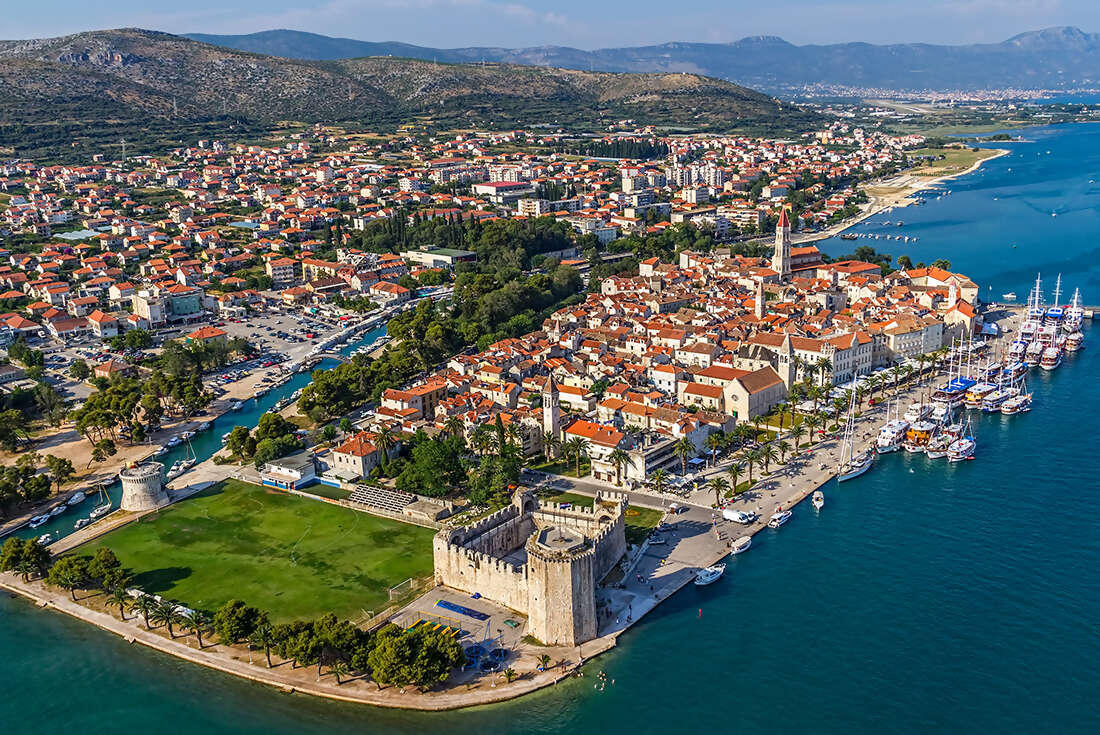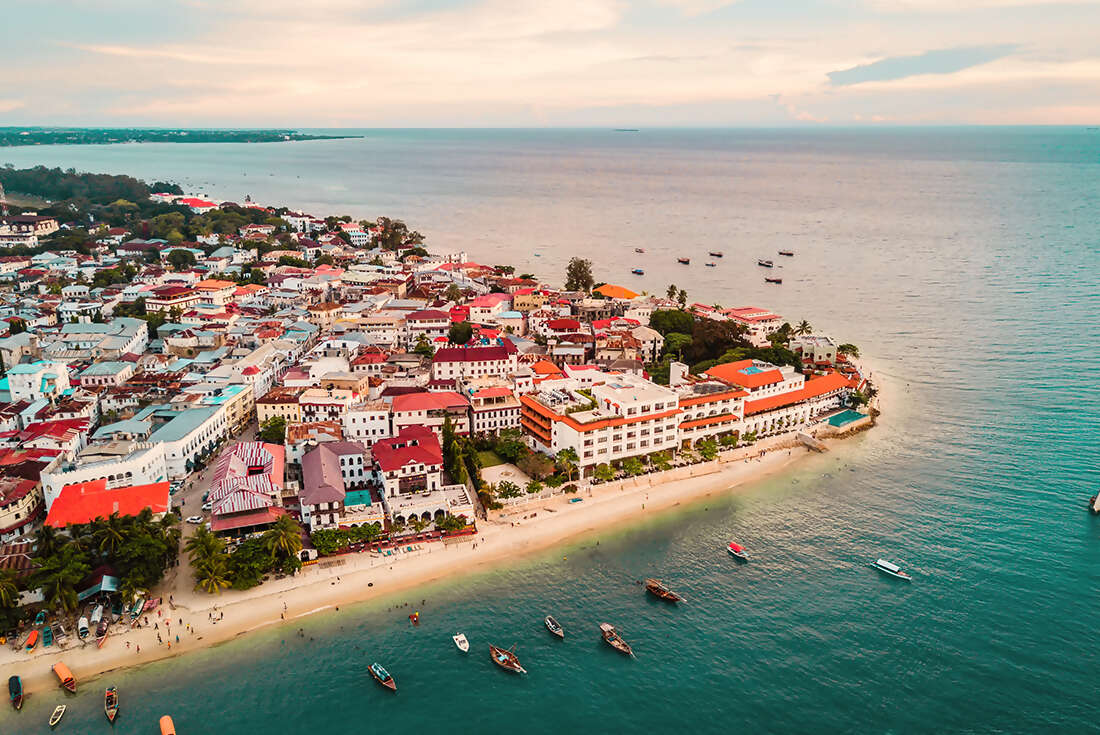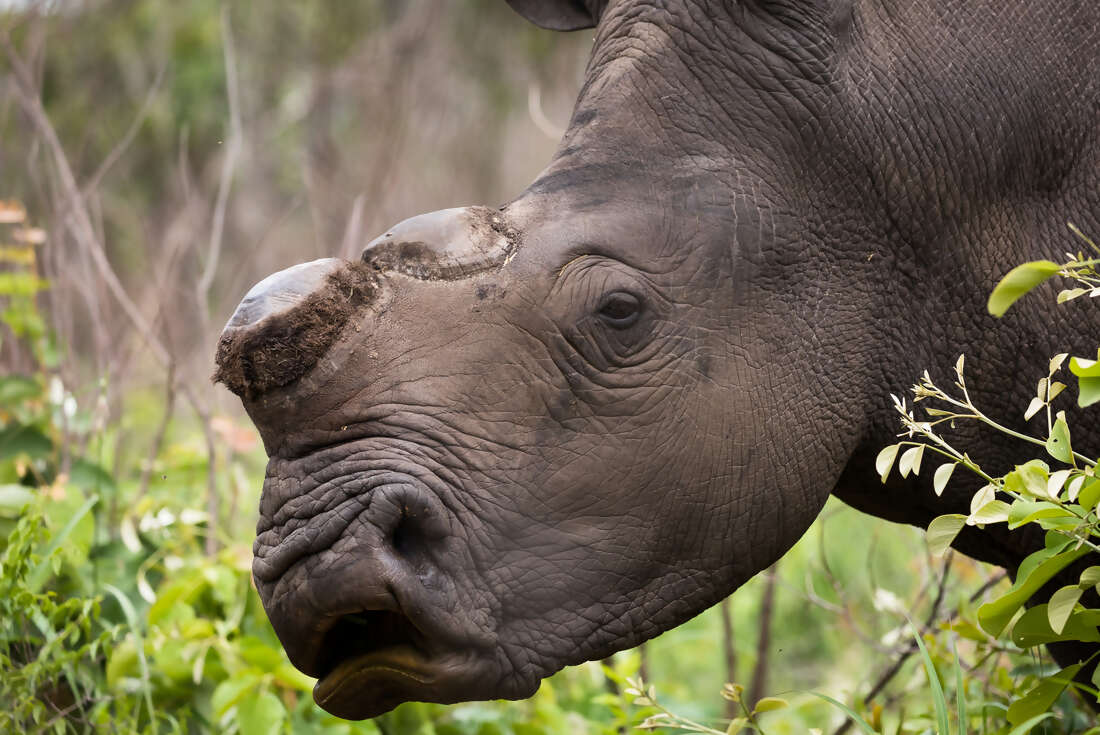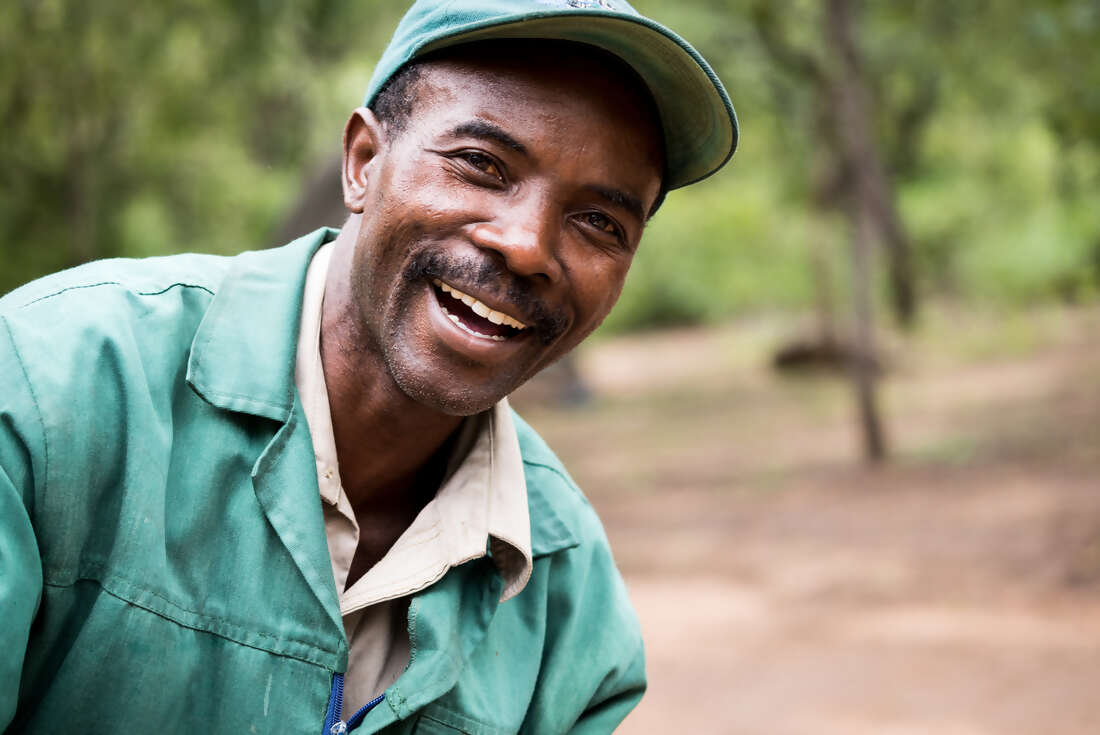 From the winding alleyways of Stone Town to the roar of Victoria Falls, eastern Africa is captivating. Traverse the sweeping plains of the savanna, journey through epic landscapes in search of zebras and elephants, relax at a riverside camp and explore ancient ruins in Zimbabwe. Escape the chaotic pace of the city for the quiet of local villages and experience the very best of nature on this adventure.
From the winding alleyways of Stone Town to the roar of Victoria Falls, eastern Africa is captivating. Traverse the sweeping plains of the savanna, journey through epic landscapes in search of zebras and elephants, relax at a riverside camp and explore ancient ruins in Zimbabwe. Escape the chaotic pace of the city for the quiet of local villages and experience the very best of nature on this adventure.Highlights
Discover the magic of South Luangwa National Park, a highly concentrated arena of noble African beasts and exotic wildflowers
Explore the largest ruins in sub-Saharan Africa, the World Heritage-listed Great Zimbabwe
Choose to experience the rumble and roar of Victoria Falls from the Zimbabwe side, which gives you the broadest view
Get a taste of the colourful cities of the region – Lusaka, Harare, Bulawayo
Accompanied by a local crew – a leader, driver and cook – you'll be in excellent hands for the duration of your adventure







- You will visit the following places:
-

Harare
Harare (officially called Salisbury until 1982) is the capital and most populous city of Zimbabwe. Situated in the north-east of the country in the heart of historic Mashonaland, the city. The city was founded in 1890 by the Pioneer Column, a small military force in the service of the British South Africa Company, and named Fort Salisbury after the British Prime Minister Lord Salisbury. Salisbury was thereafter the seat of the Southern Rhodesian (later Rhodesian) government and, between 1953 and 1963, the capital of the Central African Federation. It retained the name Salisbury until 1982, when it was renamed Harare on the second anniversary of Zimbabwean independence. Harare is Zimbabwe's leading financial, commercial, and communications centre, and a trade centre for tobacco, maize, cotton, and citrus fruits. Manufactured goods include textiles, steel and chemicals, and gold is mined in the area. The city's suburbs include Borrowdale, Mount Pleasant and Avondale; the most affluent neighbourhoods are to the north. The University of Zimbabwe, the country's oldest university (founded in 1952), is situated in Mount Pleasant, about 6 km (3.7 mi) north of the city centre. Harare is home to the country's main Test cricket ground, Harare Sports Club, and to Dynamos F.C., Zimbabwe's most successful association football team.
-

Selborne Park
Bulawayo is the second-largest city in Zimbabwe after the capital Harare. Located in Matabeleland, colloquially the city is also known by various names, these being the 'City of Kings', 'Skies', 'Bluez', 'Bulliesberg' or 'KoNtuthu ziyathunqa' – a isiNdebele phrase for "a place that continually exudes smoke". This name arose from the city's historically large industrial base. The majority of the Bulawayo's population belongs to the Ndebele ethnic and language group. For a long time in Zimbabwe's history Bulawayo was regarded as the industrial centre of Zimbabwe and the city served as the hub to the country's rail network with the National Railways of Zimbabwe headquartered there because of its strategic position near Botswana and South Africa. It is the nearest large city to Hwange National Park, Matobo National Park and Victoria Falls.